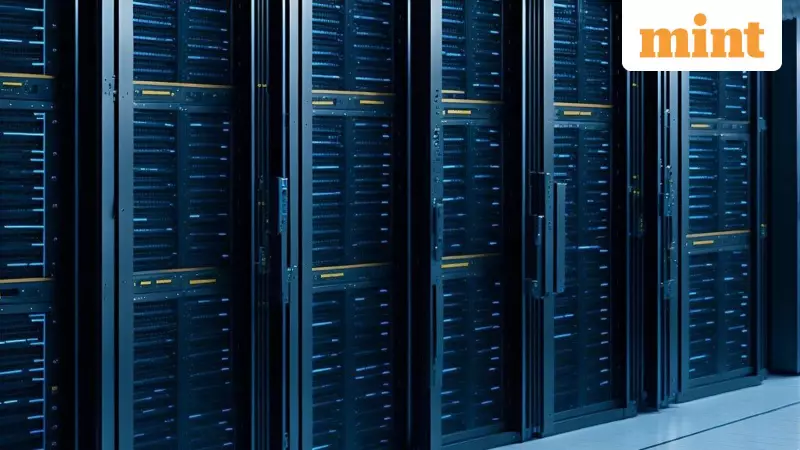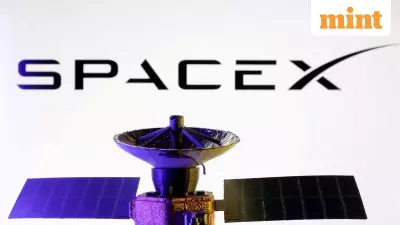
The artificial intelligence revolution sweeping across India comes with an environmental price tag that extends far beyond electricity consumption. While much attention has focused on AI's massive power requirements, a more pressing resource crisis is emerging: water scarcity.
The Cooling Conundrum
Modern data centers powering India's AI infrastructure require sophisticated cooling systems to prevent servers from overheating. These systems, particularly water-intensive evaporative cooling towers, are consuming staggering amounts of water in regions already facing water stress.
"The water footprint of AI is becoming unsustainable," explains Dr. Priya Sharma, environmental researcher at IIT Delhi. "For every kilowatt-hour of electricity used by data centers, we're seeing significant water evaporation losses in cooling systems."
By the Numbers: The Alarming Statistics
- Large data centers can consume up to 1-5 million litres of water daily
- AI model training sessions may evaporate thousands of litres for cooling
- Water consumption is projected to triple by 2030 without intervention
- Major tech hubs like Bengaluru and Hyderabad face acute water stress
India's Growing Dilemma
With India positioning itself as a global AI hub, the conflict between technological advancement and resource sustainability is intensifying. Major technology parks in water-stressed regions are now facing difficult choices about their environmental impact.
"We're building the future while draining our most precious resource," notes environmental activist Rohan Mehta. "The same regions experiencing water shortages are hosting massive data center expansions."
Innovative Solutions on the Horizon
- Air-cooled systems: New technologies that reduce water dependency
- Wastewater recycling: Using treated water for cooling purposes
- Location strategy: Building data centers in water-rich regions
- Liquid immersion cooling: Emerging technology that cuts water use by 95%
The Corporate Response
Major technology companies are beginning to address the issue, though critics argue the response has been slow. Several firms have committed to "water positive" goals, aiming to replenish more water than they consume by 2030.
"Sustainability can't be an afterthought in the AI race," emphasizes tech analyst Neha Kapoor. "Indian companies have an opportunity to lead in green AI infrastructure rather than repeating Western environmental mistakes."
The Path Forward
As India continues its digital transformation, balancing technological growth with environmental responsibility becomes crucial. The next phase of AI development must prioritize water-efficient cooling technologies and sustainable location planning.
The conversation is shifting from just power consumption to holistic environmental impact. The success of India's AI ambitions may well depend on how effectively the industry addresses its thirst for water.





